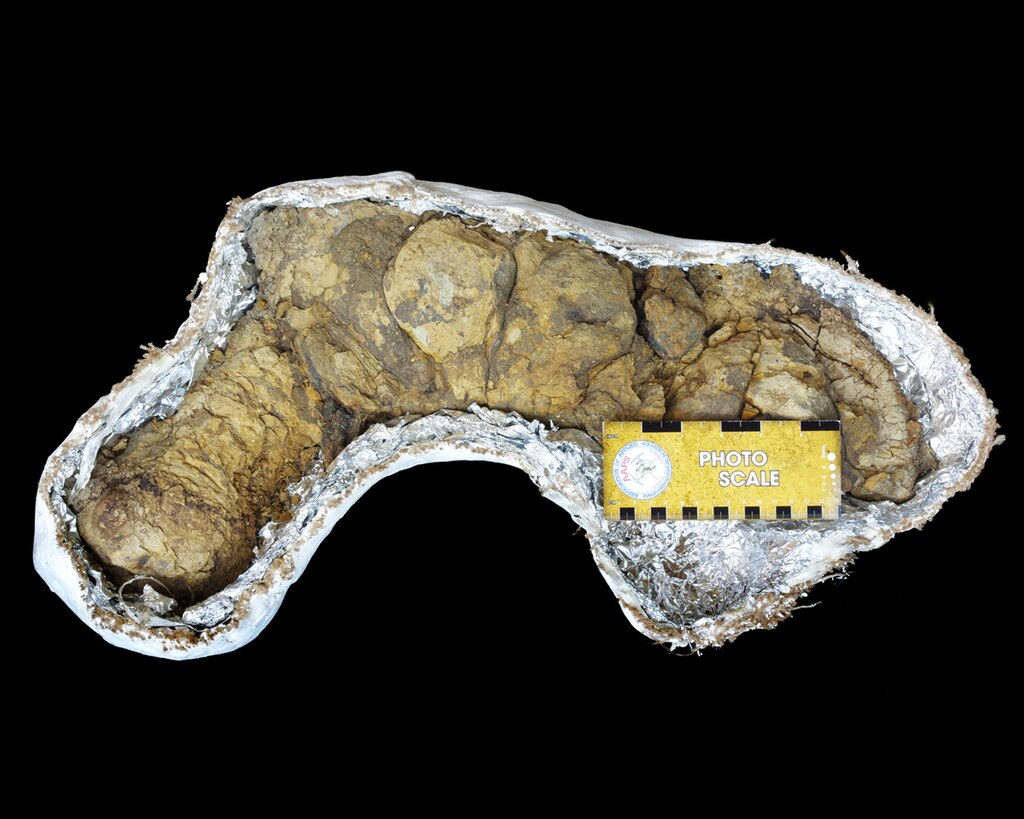Nestled in the ancient rocks of New Mexico lies a remarkable piece of prehistoric history—the fossilized remains of Coelophysis, a slender, agile predator that roamed North America during the Late Triassic period. Designated as New Mexico’s state fossil in 1981, Coelophysis holds a special place in paleontological research and the state’s natural heritage. This small yet significant dinosaur not only represents one of North America’s earliest dinosaur species but also provides crucial insights into dinosaur evolution and the ancient ecosystems of what would eventually become the American Southwest. The discovery of hundreds of well-preserved Coelophysis specimens at Ghost Ranch, New Mexico, constitutes one of the most important dinosaur fossil finds in North American history, offering scientists an unprecedented opportunity to study an entire population of these ancient reptiles.
The Discovery of Coelophysis
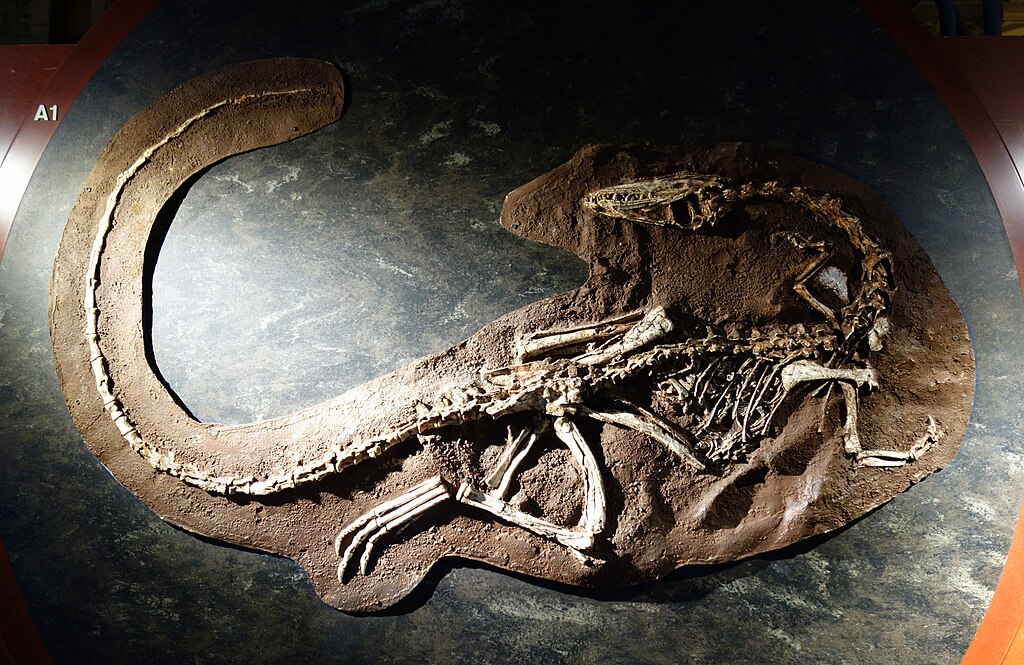
The story of Coelophysis begins in 1881 when fossil collector David Baldwin sent some fragmentary remains from New Mexico to paleontologist Edward Drinker Cope, who named the genus in 1889. However, the true significance of this dinosaur wouldn’t be realized until much later. In 1947, a remarkable discovery occurred at Ghost Ranch, New Mexico, when paleontologist Edwin H. Colbert and his team uncovered a bone bed containing hundreds of Coelophysis specimens clustered together. This extraordinary find, now known as the Ghost Ranch Coelophysis quarry, represents one of the most spectacular dinosaur fossil discoveries in North America. The preservation of so many individuals in one location provided paleontologists with an unprecedented opportunity to study population variation, growth patterns, and potential social behavior in these early dinosaurs.
Taxonomic Classification and Naming
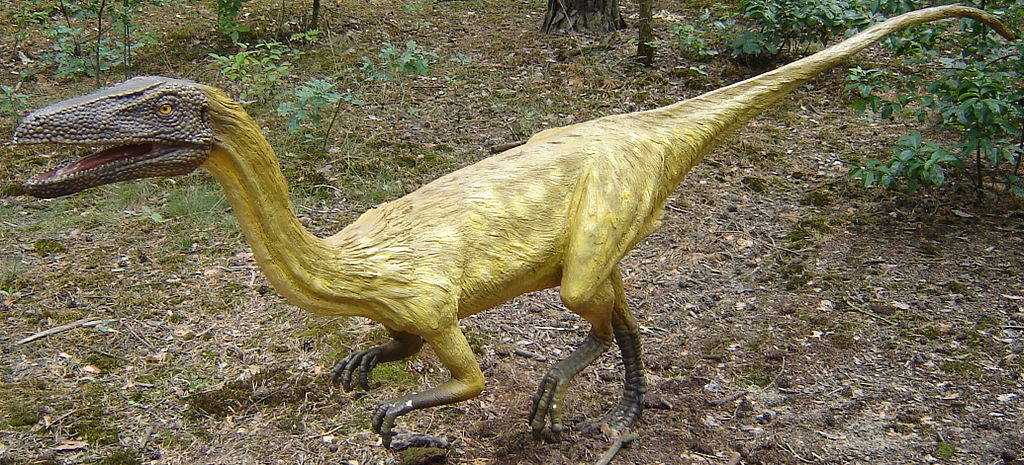
Coelophysis belongs to the group of dinosaurs known as theropods, the primarily carnivorous lineage that would eventually give rise to birds. More specifically, it is classified as a coelophysoid, one of the earliest and most primitive theropod groups. The name “Coelophysis” derives from Greek words meaning “hollow form,” referring to the hollow structure of its bones—a characteristic feature of many dinosaurs and birds that combines strength with lightweight construction. The most common species is Coelophysis bauri, named in honor of vertebrate paleontologist Georg Baur. Taxonomically, Coelophysis has undergone several revisions over the years as paleontologists have gained a better understanding of early dinosaur evolution and relationships, but its position as one of the earliest and most important theropod dinosaurs remains secure.
Physical Characteristics and Appearance
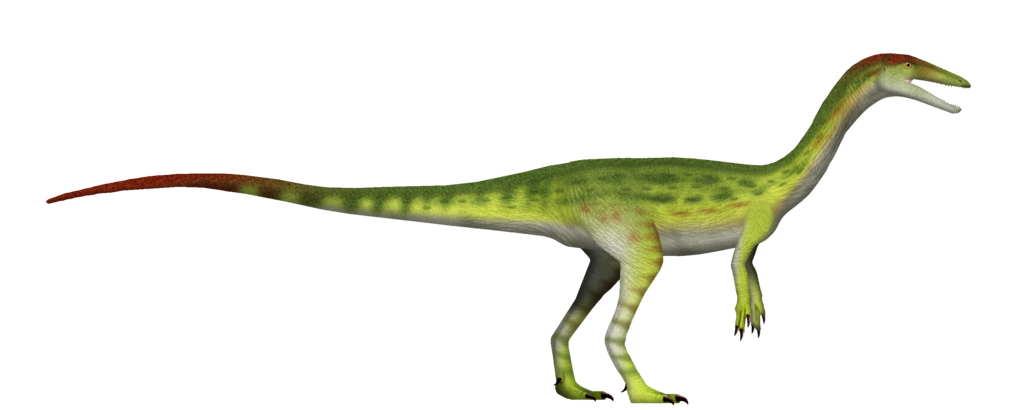
Coelophysis was a relatively small dinosaur by prehistoric standards, measuring approximately 6 to 10 feet (1.8 to 3 meters) in length and weighing around 50 to 80 pounds (23 to 36 kilograms). Its body was sleek and lightweight, designed for speed and agility rather than power. The dinosaur stood on two long, slender hind limbs with a distinctive S-curved neck supporting a narrow, elongated skull equipped with numerous sharp teeth. Its forelimbs were relatively small but functionally important, each bearing three fingers with sharp claws that could have been used for grasping prey. Coelophysis had a long, stiff tail that would have provided balance while running and making quick turns. One of its most distinctive features was its hollow bones—a trait that reduced weight while maintaining structural integrity, similar to modern birds.
Habitat and Geographic Distribution
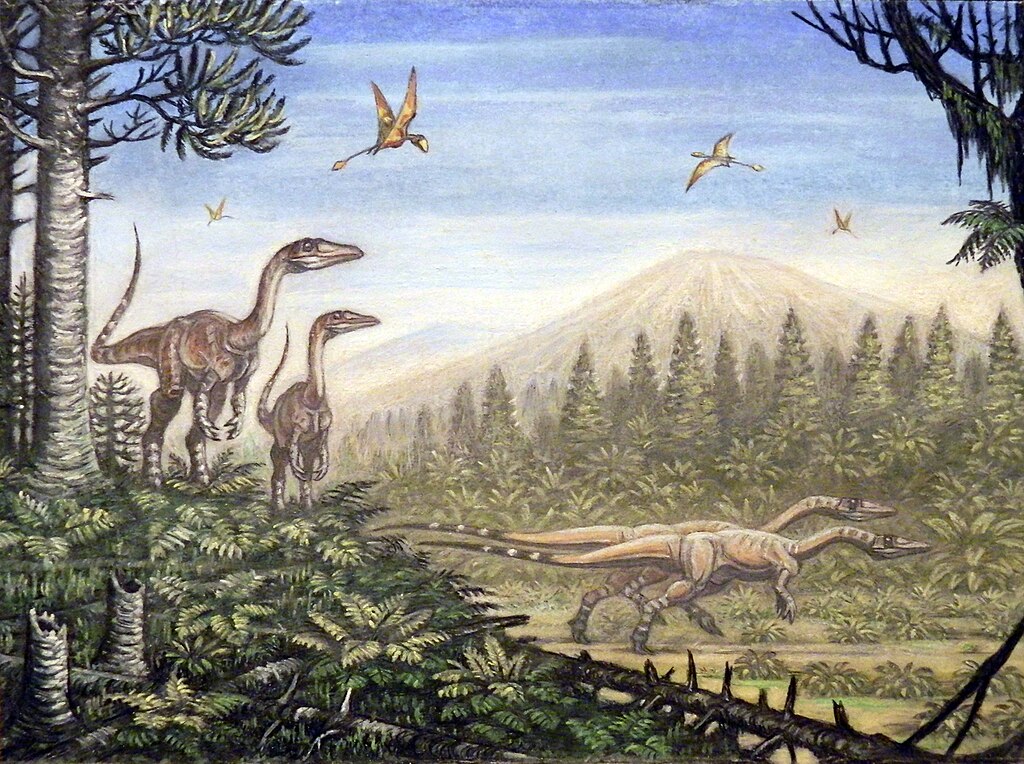
During the Late Triassic period, approximately 220-210 million years ago, the area now known as New Mexico was vastly different from the arid landscape we see today. Coelophysis inhabited a semi-arid environment with seasonal rainfall, populated by rivers, lakes, and lush vegetation. This region was situated near the equator of the supercontinent Pangaea, experiencing a warm, somewhat humid climate. Fossil evidence suggests that Coelophysis was primarily found in what is now the southwestern United States, with significant fossil concentrations in New Mexico and Arizona. The Ghost Ranch site in particular indicates that these dinosaurs may have gathered in large numbers, perhaps due to environmental pressures such as drought or in search of prey. The geographic distribution of Coelophysis fossils provides important clues about early dinosaur dispersion patterns across ancient North America.
Diet and Hunting Behavior

Coelophysis was an active predator with a carnivorous diet, as evidenced by its sharp, serrated teeth and agile build. Its slender body and long legs suggest it was a swift runner, capable of chasing down small prey with remarkable speed and maneuverability. Paleontologists believe Coelophysis primarily hunted small reptiles, early mammals, and possibly other dinosaurs. Its long neck and forward-positioned eyes provided good depth perception for targeting prey, while its flexible hands could grasp and secure struggling victims. Some fossil evidence has revealed stomach contents containing small animal remains, confirming its predatory nature. Interestingly, early interpretations suggesting that Coelophysis practiced cannibalism have been largely reconsidered, as what appeared to be juvenile Coelophysis remains in adult stomachs are now thought to be those of other small reptiles.
The Ghost Ranch Bone Bed
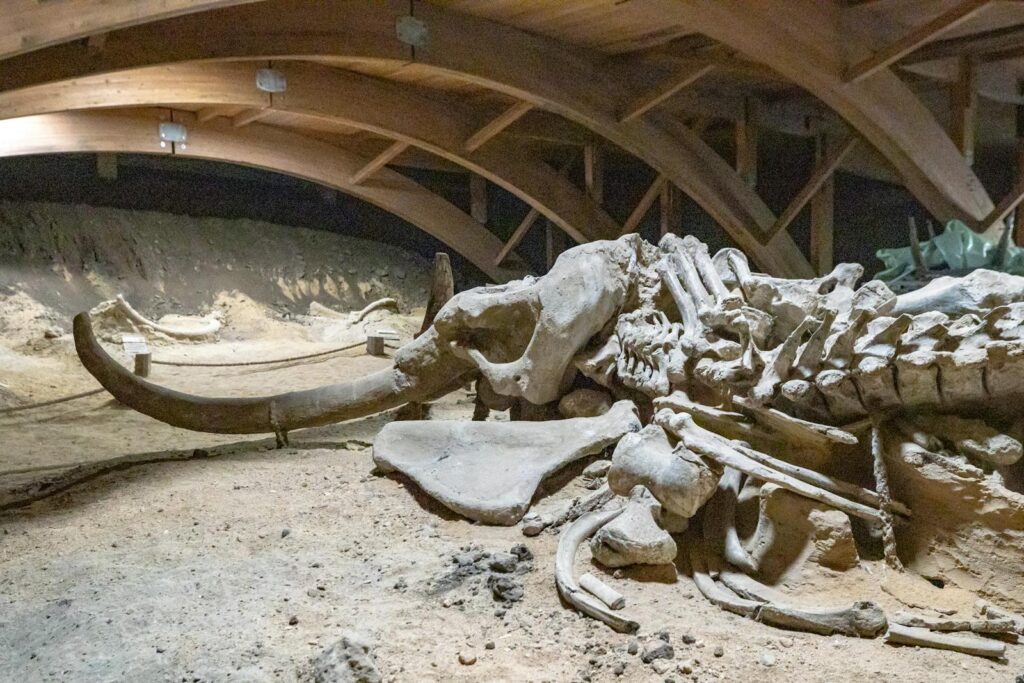
The Ghost Ranch discovery represents one of the most significant dinosaur fossil finds in North American paleontological history. This remarkable bone bed contained hundreds of Coelophysis specimens of various ages and sizes, all preserved together in ancient mud. The concentration of so many individuals in one location has led to various theories about how they died, with the most widely accepted explanation being that they were caught in a flash flood or similar catastrophic event that quickly buried the entire group. The exceptional preservation quality at Ghost Ranch has allowed scientists to study fine anatomical details, including soft tissue impressions in some specimens. Beyond its scientific importance, the Ghost Ranch discovery dramatically changed public perception of Coelophysis, transforming it from a relatively obscure early dinosaur known only from fragmentary remains to one of the most thoroughly documented dinosaur species from the Triassic period.
Growth and Development

The abundance of Coelophysis specimens from Ghost Ranch, representing individuals at various growth stages, has provided paleontologists with valuable insights into how these dinosaurs developed from juveniles to adults. Studies of bone histology (microscopic bone structure) reveal that Coelophysis likely grew rapidly during its early years before reaching sexual maturity, similar to many modern birds and reptiles. Younger specimens show proportionally larger eyes and shorter snouts compared to adults, classic features of juvenile animals that gradually change with maturation. There appears to have been some sexual dimorphism in Coelophysis, with two body types identified: a more robust form and a more gracile (slender) form, which may represent males and females, though which is which remains debated. This growth pattern evidence suggests that Coelophysis reached adult size within a few years, a relatively fast development cycle compared to larger dinosaur species.
Ecological Significance

As one of the earliest dinosaurs in North America, Coelophysis played a crucial role in Late Triassic ecosystems. This period was a critical time in evolutionary history, following the devastating Permian-Triassic extinction event that had wiped out approximately 70% of terrestrial vertebrate species. Coelophysis was among the new generation of reptiles that would come to dominate terrestrial ecosystems for the next 165 million years. As a mid-level predator, it helped control populations of small prey animals while itself potentially falling victim to larger carnivores. The success of Coelophysis, evidenced by its relative abundance in the fossil record, suggests it was exceptionally well-adapted to its environmental niche. Its lightweight, efficient design represented an evolutionary innovation that would become characteristic of the theropod lineage leading eventually to birds, demonstrating how these early adaptations set the stage for dinosaur dominance in the coming Jurassic period.
Coelophysis as New Mexico’s State Fossil

In recognition of its paleontological significance and special connection to the state, New Mexico designated Coelophysis as its official state fossil in 1981. This designation acknowledges both the scientific importance of the Ghost Ranch discoveries and the dinosaur’s role in New Mexico’s natural heritage. The adoption of Coelophysis as a state symbol has increased public awareness and interest in paleontology within New Mexico, promoting educational initiatives and tourism centered around the state’s rich fossil resources. The New Mexico Museum of Natural History and Science in Albuquerque prominently features Coelophysis in its exhibitions, making it a focal point for visitors learning about the state’s prehistoric past. This official recognition has also helped secure funding for continued research and preservation efforts related to Coelophysis and other paleontological resources throughout New Mexico.
Research Significance and Scientific Contributions
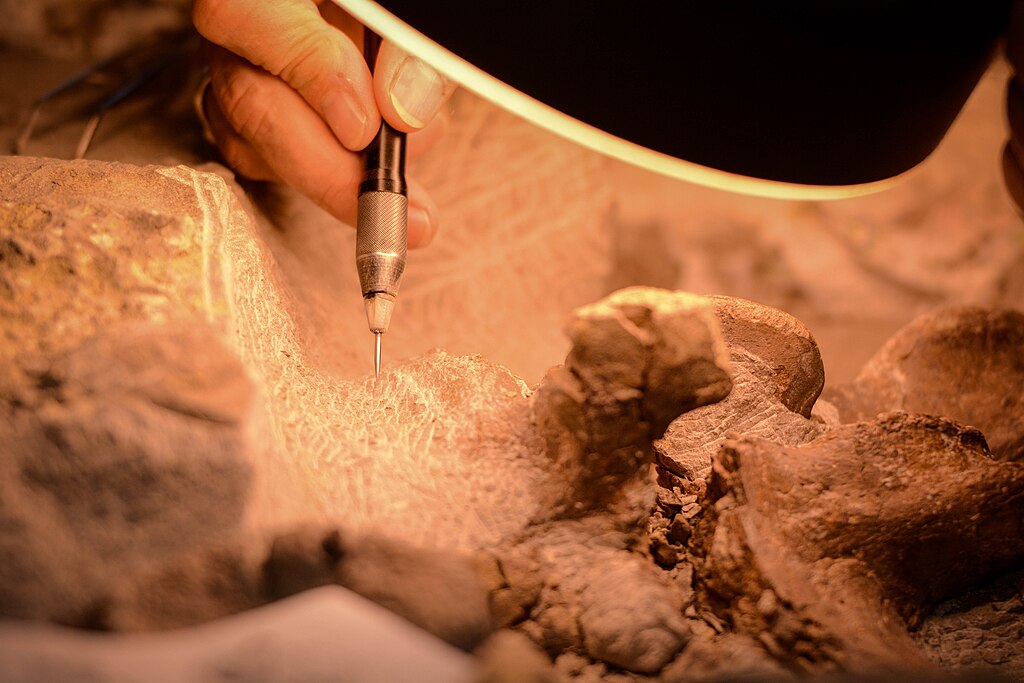
Coelophysis has contributed immensely to our understanding of early dinosaur evolution and biology. The completeness and abundance of specimens have allowed scientists to conduct detailed studies of its anatomy, growth patterns, potential behavior, and evolutionary relationships that would be impossible with more fragmentary fossils. Research on Coelophysis has helped establish the basic body plan and characteristics of early theropod dinosaurs, providing a foundation for understanding the entire lineage that would eventually give rise to birds. The Ghost Ranch specimens in particular have allowed for population-level studies rarely possible in paleontology, revealing information about size variation, growth rates, and potential sexual dimorphism. Additionally, the exceptional preservation of some specimens has provided insights into soft tissue anatomy and other biological features typically lost during fossilization, making Coelophysis one of the most thoroughly understood early dinosaurs.
Coelophysis in Popular Culture
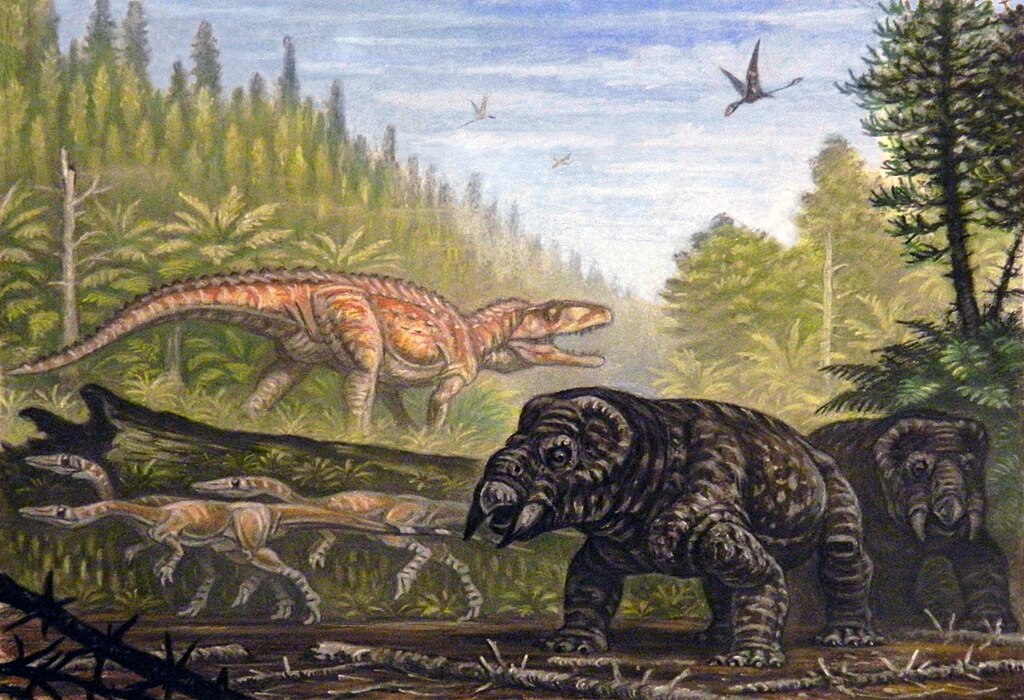
Despite not having the size and dramatic appeal of later dinosaurs like Tyrannosaurus rex or Triceratops, Coelophysis has secured its place in popular culture, particularly in educational contexts. The dinosaur has been featured in numerous documentary series, including BBC’s “Walking with Dinosaurs,” where it was portrayed as a swift, pack-hunting predator of the Late Triassic. Museum exhibits worldwide showcase Coelophysis as an example of early dinosaur evolution, with skeletal mounts and life reconstructions bringing this ancient animal to life for visitors. In New Mexico particularly, Coelophysis imagery appears on educational materials, tourism publications, and even some state government documents as a symbol of the region’s prehistoric heritage. Children’s books about dinosaurs frequently include Coelophysis when discussing the early evolution of dinosaurs, helping to familiarize young readers with this important species beyond the usual famous dinosaurs.
Preservation and Exhibition

The preservation of Coelophysis specimens represents a triumph of paleontological conservation efforts. Following their discovery, the Ghost Ranch specimens underwent careful excavation, preparation, and preservation to ensure these scientific treasures would be available for future research and public education. Today, Coelophysis fossils are housed in various institutions, with significant collections at the American Museum of Natural History in New York, the Carnegie Museum of Natural History in Pittsburgh, and the New Mexico Museum of Natural History and Science in Albuquerque. Many museums worldwide display casts of Coelophysis skeletons, making this dinosaur accessible to global audiences. The Ruth Hall Museum of Paleontology at Ghost Ranch itself exhibits specimens and interpretive materials about Coelophysis and the famous quarry where they were discovered, allowing visitors to experience these fossils in the context of their discovery location.
Ongoing Research and New Discoveries

Although the major Ghost Ranch discoveries occurred decades ago, research on Coelophysis continues to yield new insights as scientific techniques advance. Modern technologies such as CT scanning, 3D modeling, and biomechanical analysis have allowed researchers to examine aspects of Coelophysis biology that were previously inaccessible, including brain structure, sensory capabilities, and movement patterns. Comparisons between Coelophysis and other early dinosaurs discovered more recently have refined our understanding of dinosaur evolution during this critical period. Ongoing excavations in Triassic formations across the American Southwest occasionally uncover new Coelophysis material, adding to our knowledge base. Research published in recent years has challenged some longstanding assumptions about Coelophysis, including reevaluations of its supposed cannibalistic behavior and new interpretations of growth patterns and population structure, demonstrating how scientific understanding continues to evolve even for well-studied species.
Conclusion

Coelophysis stands as a testament to the ancient history of North America and the evolutionary innovations that would ultimately lead to dinosaur dominance of terrestrial ecosystems. From its discovery in New Mexico to its designation as the state’s official fossil, this slender predator has captured the imagination of scientists and the public alike. The extraordinary preservation of hundreds of specimens at Ghost Ranch provides a rare window into dinosaur population dynamics and growth patterns, making Coelophysis one of the most thoroughly studied early dinosaurs. As research techniques continue to advance, this remarkable animal continues to yield new insights into the dawn of the dinosaur era, ensuring that New Mexico’s state fossil will remain a cornerstone of paleontological research and public education for generations to come.

